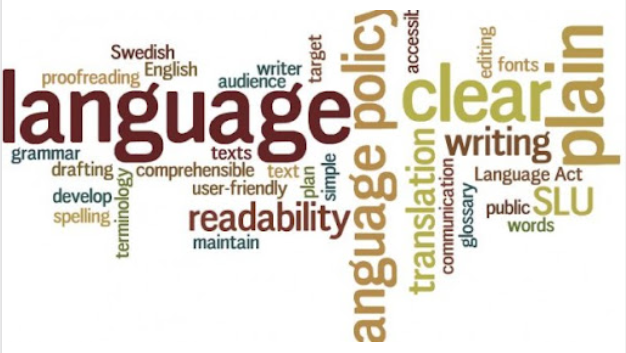PAKISTAN'S COMPARATIVE ADVANTAGE AND EXPORT COMPETITIVENESS WITH MALAYSIA
Keywords:
Comparative Advantage, Export Competitiveness, RCA, Food Products, Intermediate Goods, Textiles & Clothing, Pakistan, Malaysia, Trade Strategies, Volatility, Market AccessAbstract
This study examines Pakistan’s comparative advantage and export competitiveness in the Malaysian market, analyzing three key product sectors—food products, intermediate goods, and textiles & clothing—over the period from 2003 to 2022. Using the Revealed Comparative Advantage (RCA) model, as introduced by Balassa (1965), the research evaluates Pakistan’s export performance in comparison to its global competitors. The results reveal distinctive trends within each sector. The food products sector has experienced consistent growth and stability in its competitive advantage, while intermediate goods have shown significant volatility but maintain a robust and consistent competitive edge. Textiles & clothing, on the other hand, demonstrate fluctuating competitiveness, with noticeable peaks and declines over the study period. The findings indicate that Pakistan’s comparative advantage in food products has steadily improved over time. Intermediate goods have emerged as the strongest and most reliable sector in terms of competitiveness. Although the textiles sector performed well in 2015, it has faced significant volatility in subsequent years. The study underscores the importance of targeted strategies to enhance Pakistan’s position in the Malaysian market. Key recommendations include improving export quality, diversifying product offerings, and strengthening market access. These insights are crucial for policymakers and trade strategists aiming to deepen economic cooperation and ensure sustainable export growth between Pakistan and Malaysia.

















